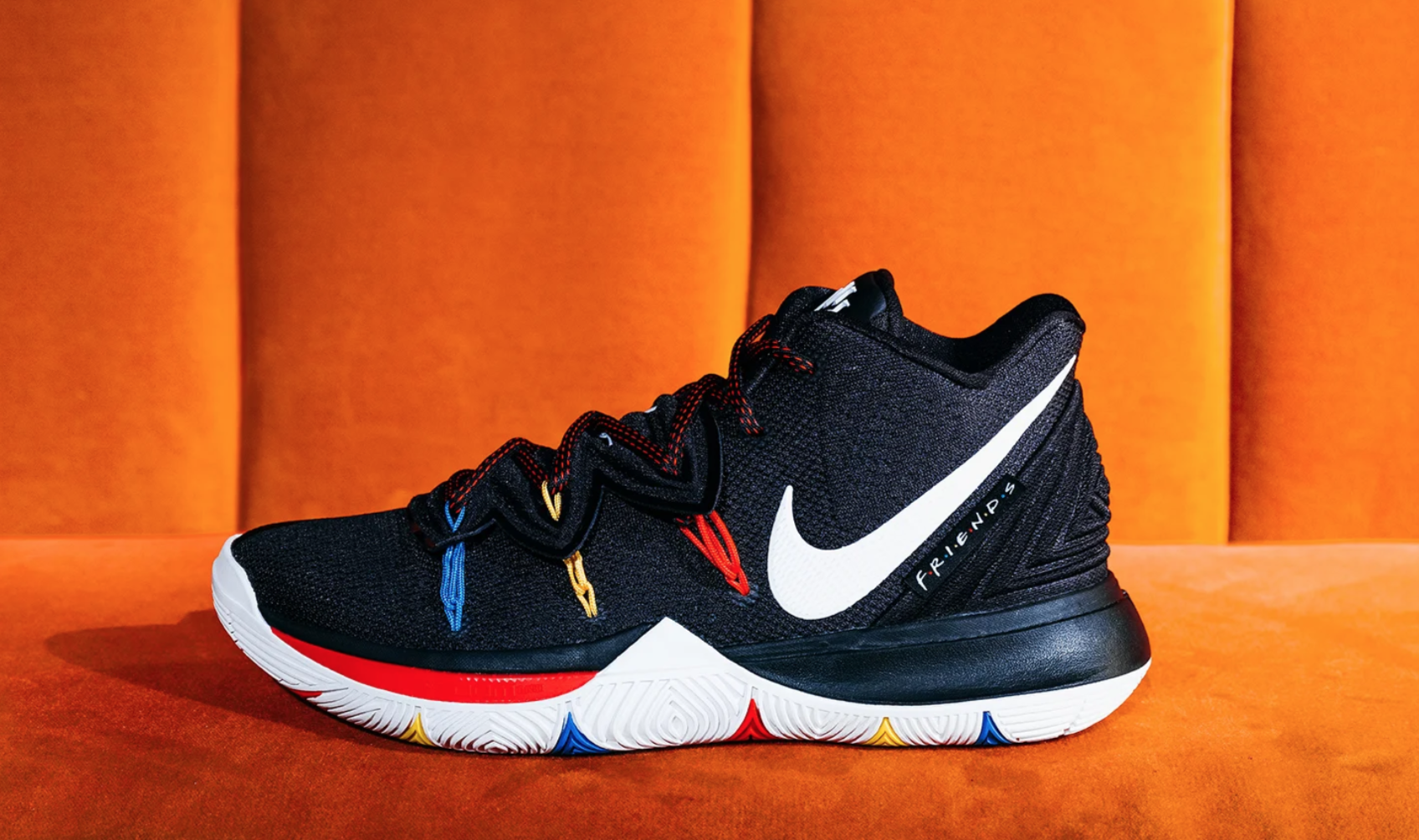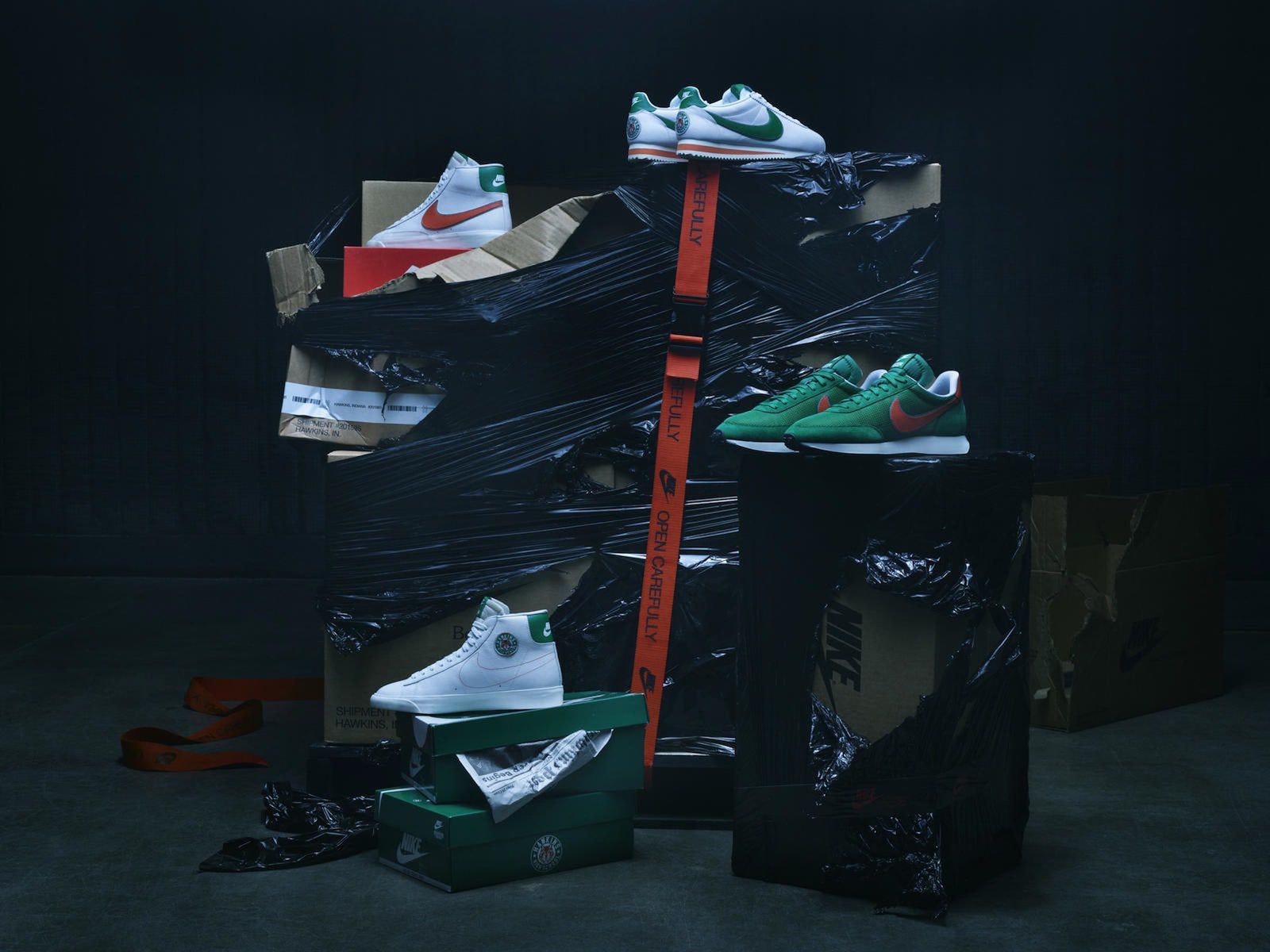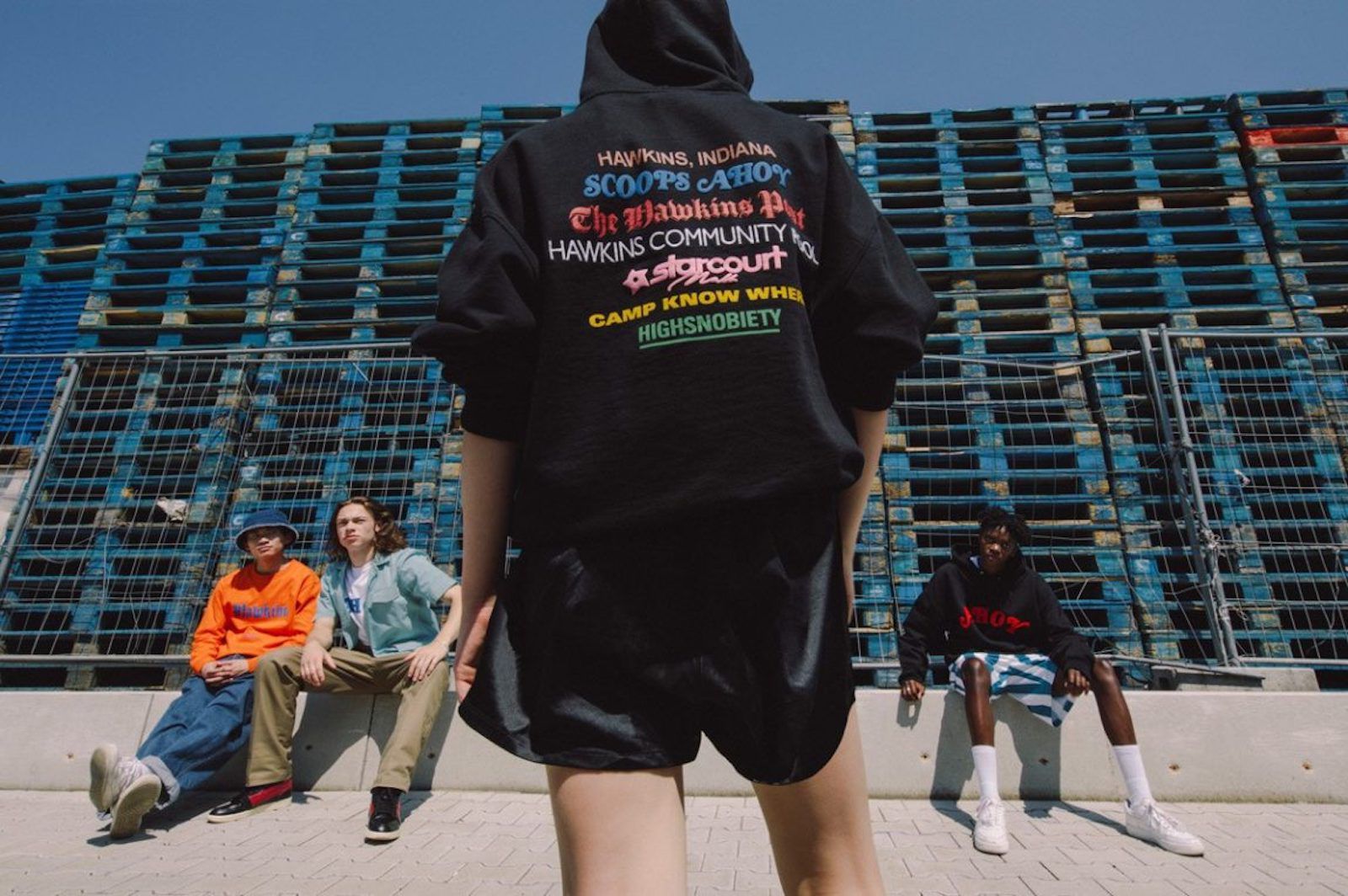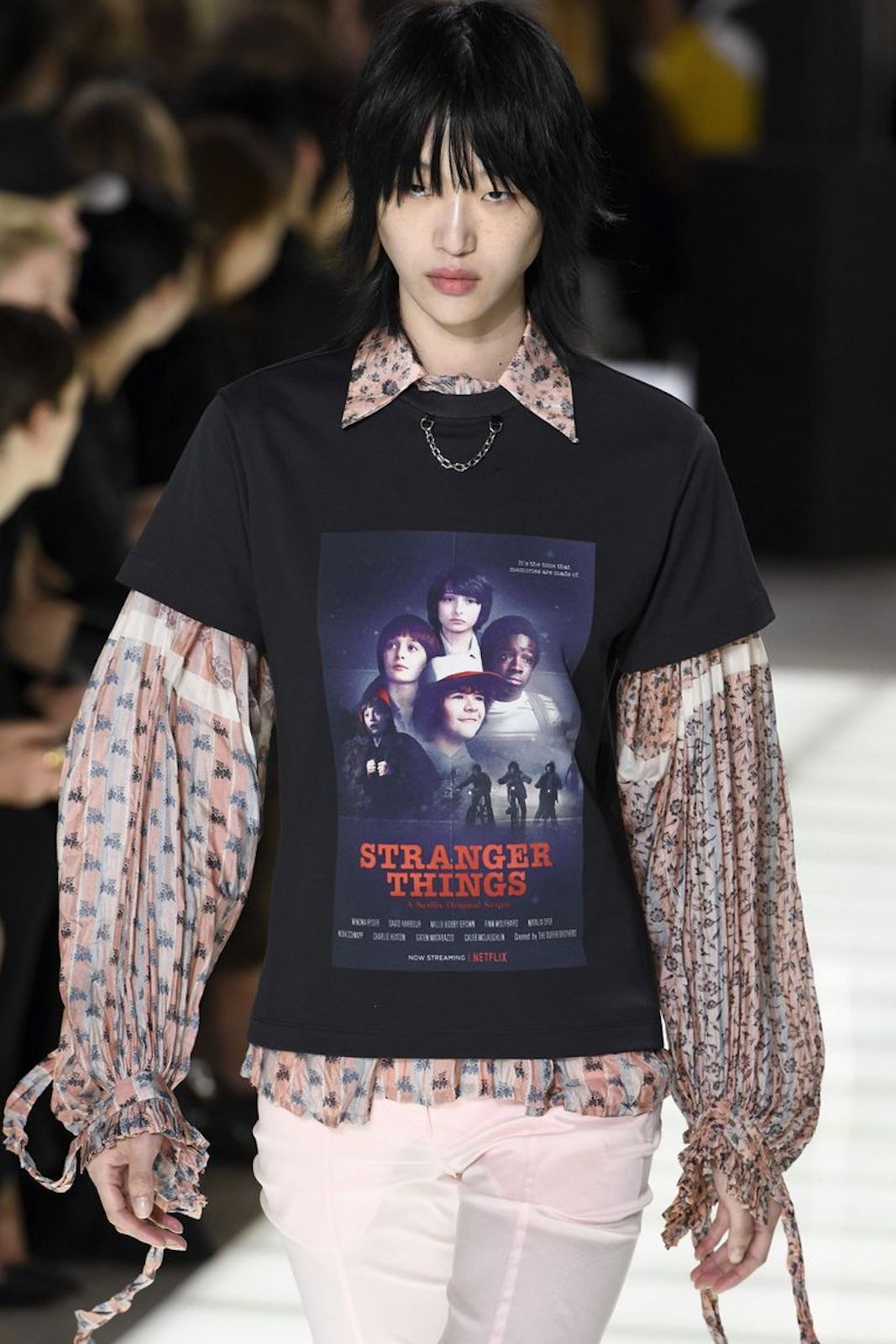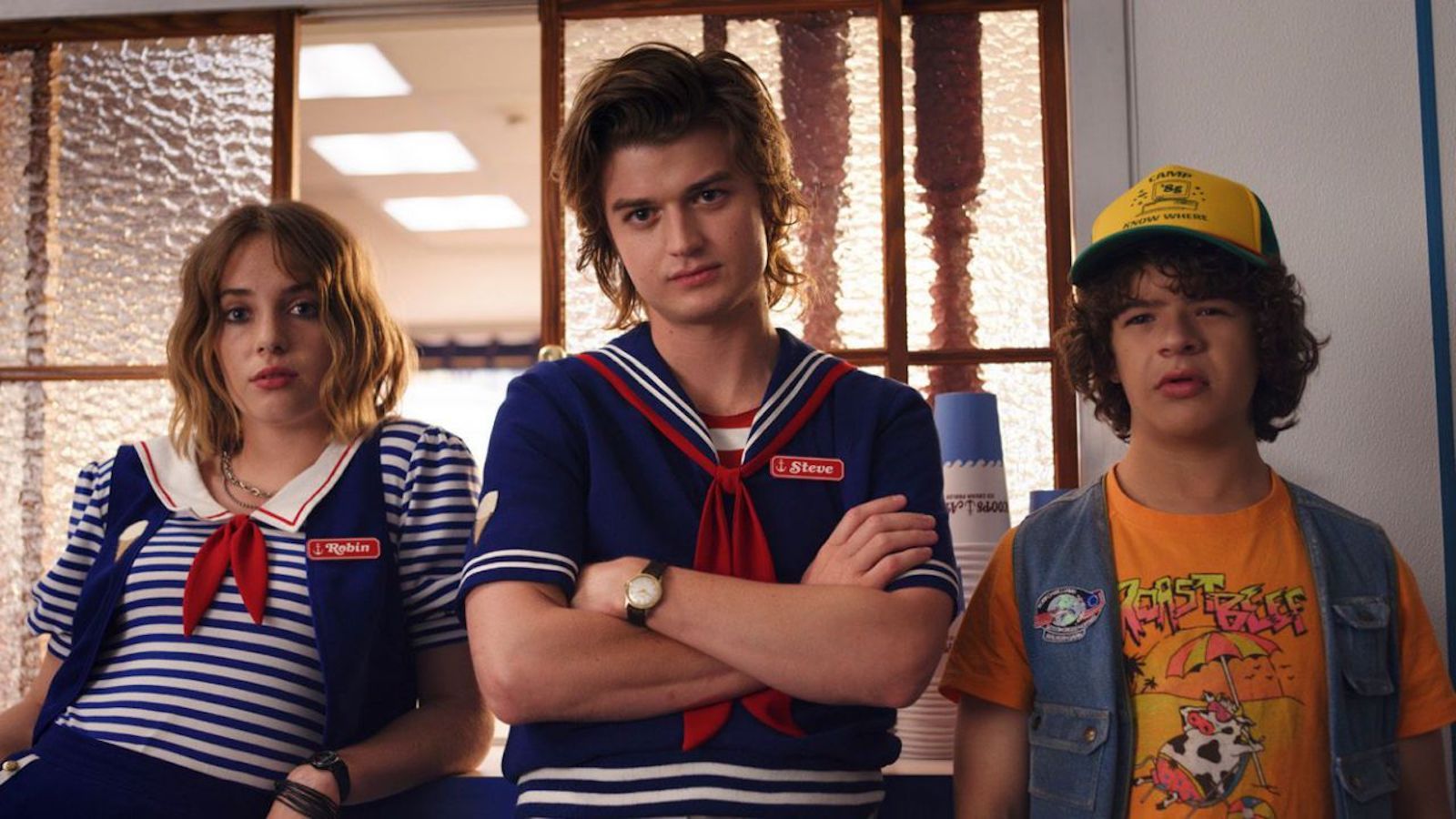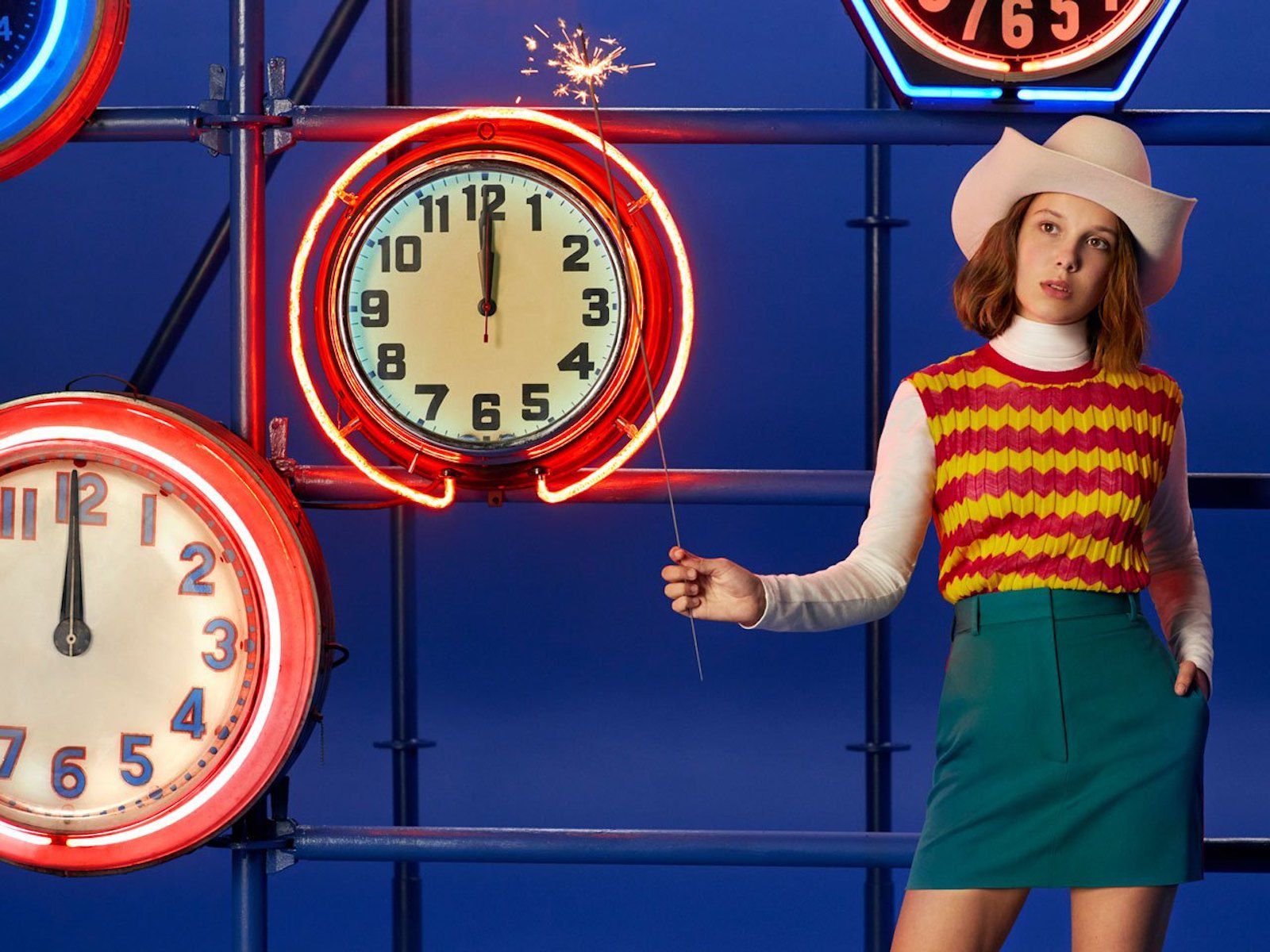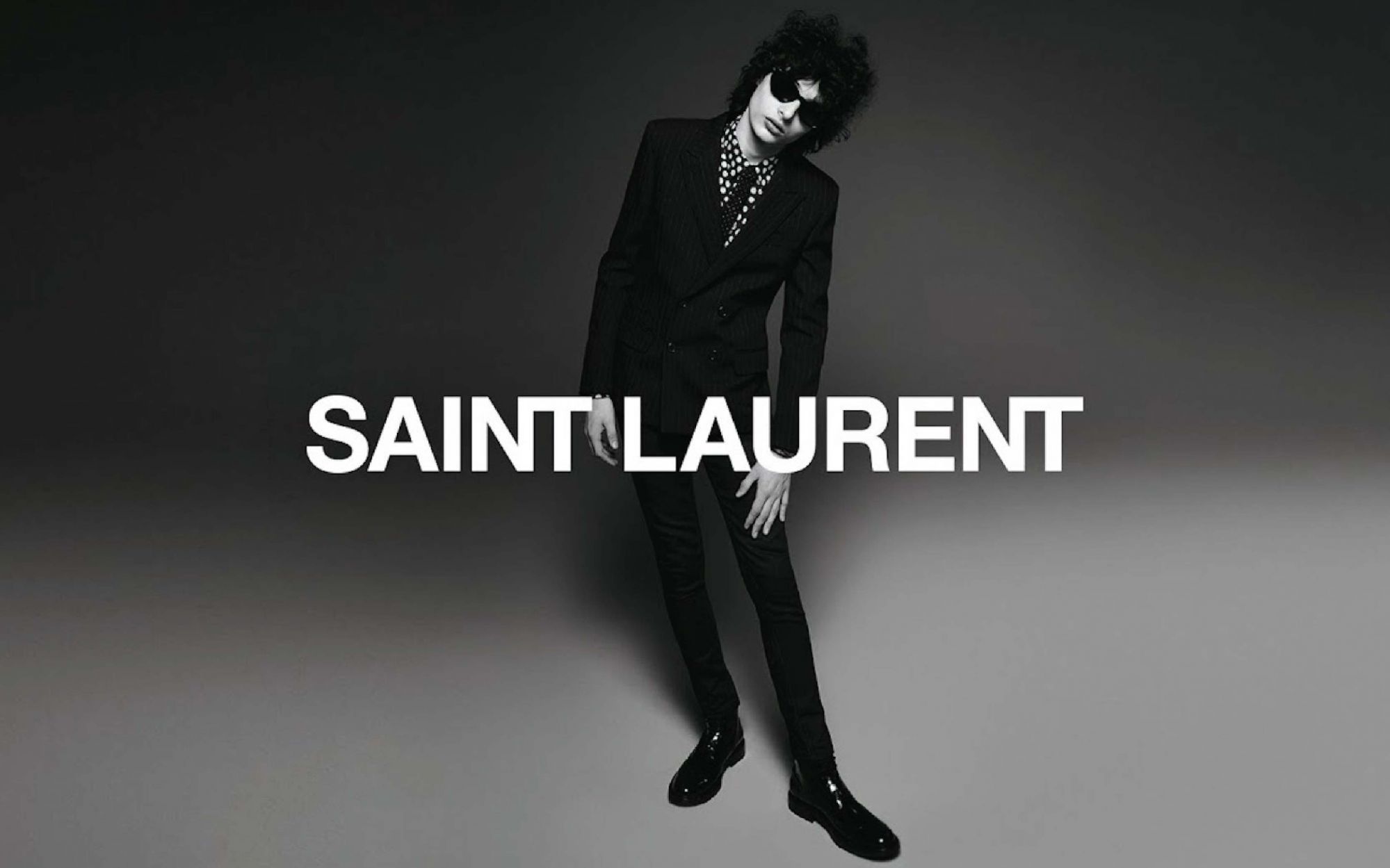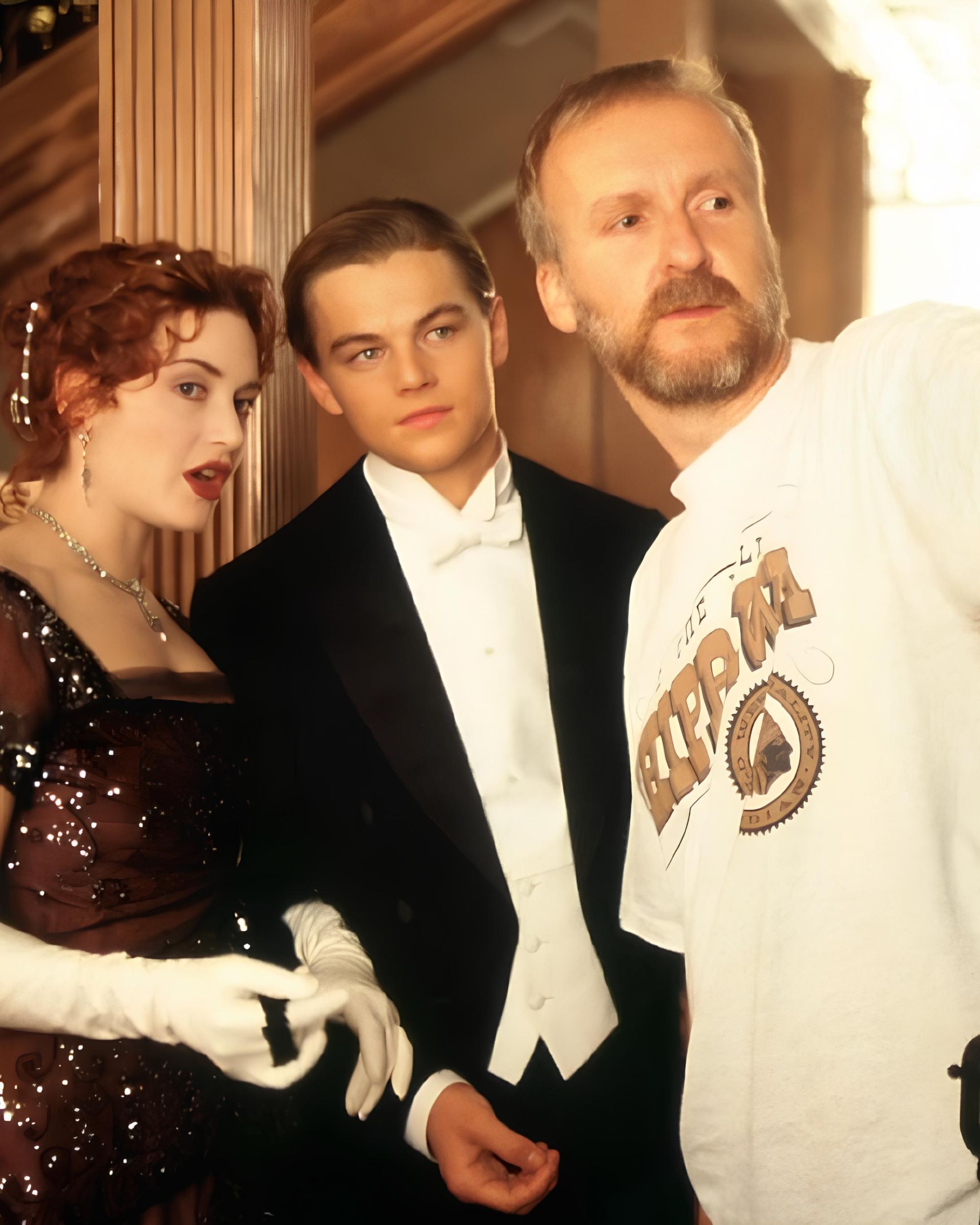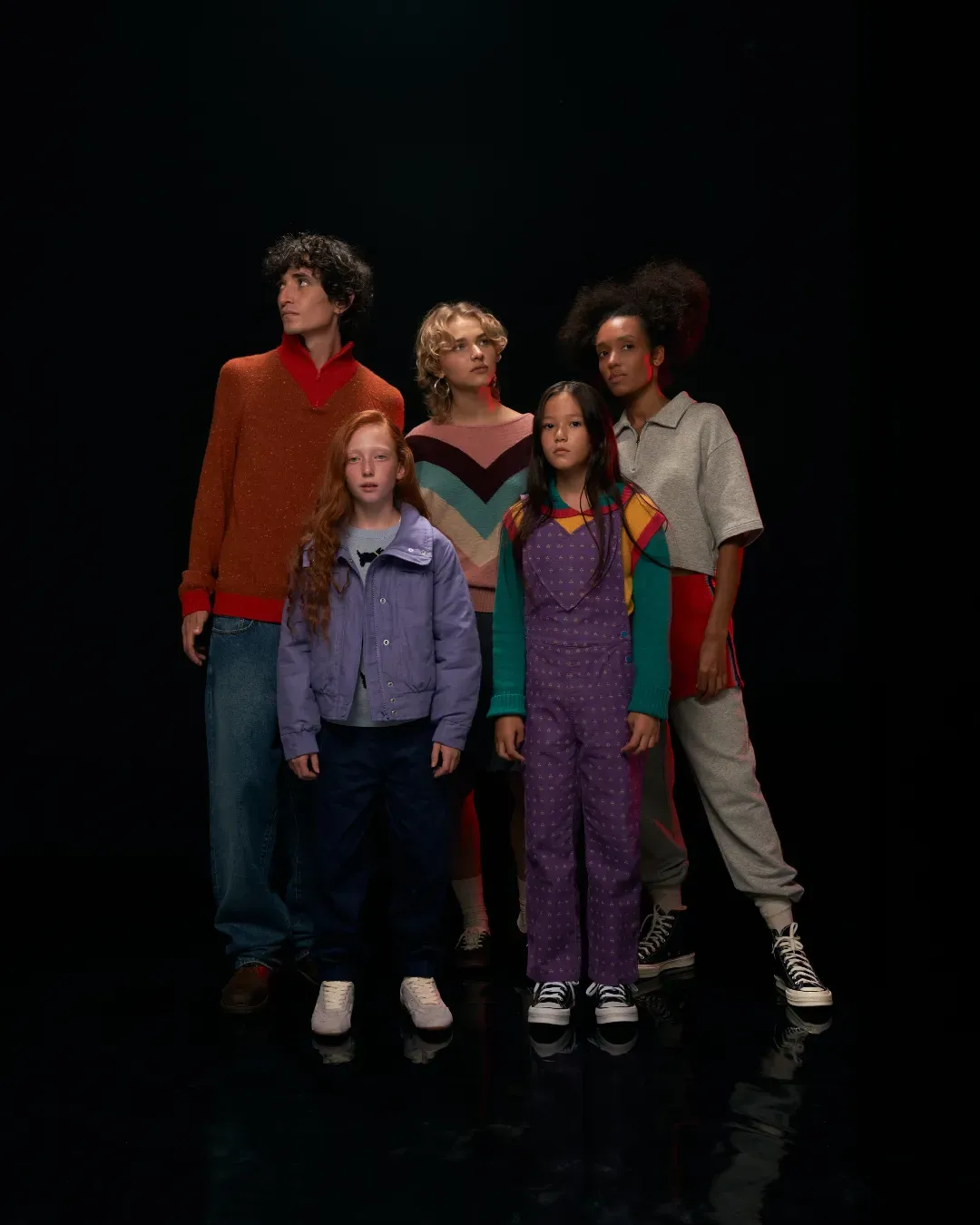
TV series: the new frontiers of fashion Why do brands keep releasing capsule collections inspired by the Netflix series?
One of the greatest changes in pop culture in recent years could be the way in which the culture itself is considered and spread, as well as the attitude of its protagonists, who have created a single creature that involves cinema, fashion, sport, television.
The figure of the creative and the artist now has much less determined boundaries than it did a few generations ago and this is not a negative fact, but rather a natural change in this new way of experiencing the Culture.
In this perspective, a celebrity can be appreciated once as a singer, as an actor, as a creative/designer or just as a passive influencer who shares his lifestyle on Instagram.
One of the most recent examples of this crossover-culture process is the TV series. Netflix has certainly played a decisive role in the creation of this media melting pot, clearing - thanks to a cooler style and communication - that the idea of just nerd fetishism that the TV series has dragged on for a long time. As the last frontier of this mix, the Netflix series is playing a role as a real brand, with an impact also on the future of fashion and on the concept of capsule collections.
The new cinema
As explained in an article published on Highsnobiety, one of the reasons why TV series are proving to be a resource also for fashion brands is precisely the revival of this movie format. The ability of Netflix of creating fertile ground around every single type of taste or possible consumer model has allowed the entrance of other disciplines, such as fashion, art that makes variety an indispensable virtue.
The films from the early 2000s have changed their nature, from self-contained products they have become larger narratives, that do not end with the end credits but continue thanks to other media that add endings and widen the plot. Along with video games, in-depth books and social media, capsule collections with fashion brands are now included. For a few years now, capsules have been a practical tool for brands to reinforce projects that are not even part of fashion, and if well packaged they can feed each other, using a single advertising campaign and a single set of images and slogans.
The most recent example is Stranger Things - released with its third season on July 4 - the series that perhaps more than the others has accelerated Netflix's growth process in recent years. The science fiction story set in Hawkins is quite attractive, especially if proposed at this precise historical moment. Teenagers, adventure and love set in the 1980s, in which the scenography, the objects and above all the clothing match the current street fashion trends.
The new merchandising
The second consequence of the TV series' entry into the fashion world is the redefinition of the meaning of merchandising, which is no longer a simple product purchased exclusively by enthusiasts. The idea that we had of object-memory for the fans does not seem to describe these new collabs, remaining rather limited in its old conception only to niche musical scenes.
The great artists of music are treating their merchandising as true fashion collections, with campaigns and drops in pop-up stores, almost completely detached from the musical component they are promoting. The most obvious examples in recent years are those of the Purpose Tour items by Justin Bieber, the Yeezus collection by Kanye West and lastly the Astroworld merch by Travis Scott.
The phenomenon of musical merchandising is certainly not new, that of more elaborate collaborations with TV series and sitcoms - which do not just use a simple t-shirt print - it is perhaps more so. Some streetwear brands have also been inspired by cartoons such as The Simpsons in the case of Off-White or Pokémon regarding Undercover. However, the most effective projects are those that have combined two big realities, such as the sneaker capsule between adidas Ultra Boost and the most successful series of all time: Game of Thrones. Once again it is Stranger Things, perhaps the series that has strengthened the bond with fashion the most, collaborating with Levi's, and more recently with Highsnobiety and Nike, which released a drop of Cortez, Blazer and Tailwind models. These are nostalgic items, in line with the aesthetics of the series but also with the taste of current fashion, with the effect of reinforcing a trend opening up from both companies to a wider audience.
Nike already sold sneakers for the sitcoms Seinfeld, Quell'Uragano di Papà, Entourage and especially Friends, the show that turned up the traditionally familiar storylines showing a different context, closer to the viewers. These creations have remained Friends & Family, until the rediscovery of the last few years with the sneaker game boom, always looking for grail and limited editions.
The new stars
The third element that led to this contamination is the actors. One of the successes of the TV series was, in fact, that of having launched and brought new actors to film industry, who would perhaps wouldn't have found a prominent place in great Hollywood productions. Fashion brands have seized the opportunity to take advantage of a new wave of interesting characters, influential and easier to shape than the VIPs of the star system.
So it happens that actors in the series become guests of talk shows, events, and photo campaigns, and in this once again Stranger Things is the absolute protagonist. Eleven, the fifteen-year-old star of the series, played by Millie Bobby Brown, has become the ambassador of Calvin Klein, but we also saw her wearing Louis Vuitton, Givenchy, Balenciaga or in the front rows of the major fashion shows. Finn Wolfhard (Mike) has become the main testimonial of Saint Laurent, perfectly embodying the style adopted in recent years by the French fashion house and its creative director Anthony Vaccarello.
Other series actors such as Maisie Williams Arya Stark in GoT or Úrsula Corberó of Money Heist have also been consecrated in fashion editorials for the most important magazines in the sector.
The truth is that the TV Series are very well packaged products, with their own language, charismatic characters and with greater emotional development than what happens in films. Even the graphic identity, up to date and social-friendly, allows fashion to find a new possibility of expression, reinforcing indispensable requirements such as variety and involvement.











































